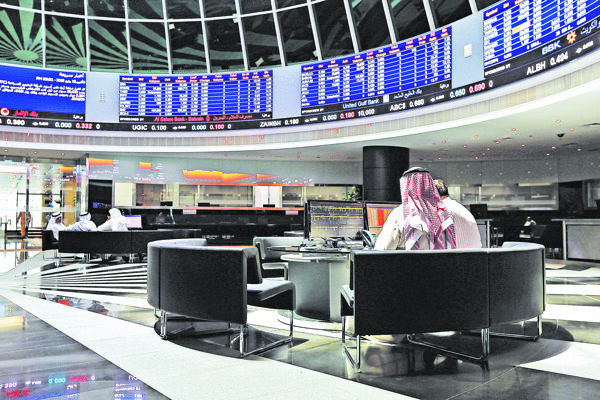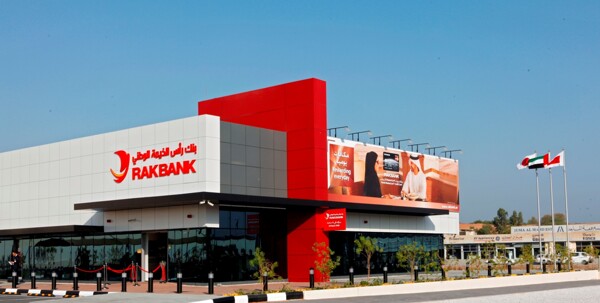
State-owned banks provided the highest loan amounts by volume and growth rates over the past six years, totaling 184 billion dirhams for the first 10 months of last year. Of this, 133 billion dirhams were allocated for the local market with its diverse economic sector, while loans for private individuals made up 72%. The remaining 28% was allocated to loans for non-residents, according to data published yesterday by the Central Bank. Total outstanding loans provided by banks, as of the end of October last year, amounted to 2.175 trillion dirhams compared to 1.991 trillion dirhams, with an increase of 184 billion dirhams, which corresponds to 9.2% growth. According to the data, the total outstanding loans at the local level by the end of the monetary period amounted to 2.871 trillion dirhams compared to 2.738 trillion dirhams at the end of December 2023, with an increase of 133 billion dirhams, representing a 7.6% growth. The total loan volume provided to private sector as of the end of October last year reached 2,347.5 billion dirhams compared to 2,240 billion dirhams, with an increase of 107.5 billion dirhams, equal to 44.8% growth. Loans to private sector include loans for trade and manufacturing, which at the end of October last year amounted to 867.2 billion dirhams compared to 822.4 billion dirhams by the end of December 2023, with a growth of 44.8 billion dirhams, which is equal to 5.4% growth. Loans to private individuals as of the end of October last year amounted to 480.3 billion dirhams compared to 417.8 billion dirhams at the end of December 2023 with an increase of 62.5 billion dirhams over the first 10 months of last year, which marks the highest total loan amount for private individuals in history during such periods. As stated, delinquency rates on installment loans and "hanging" percentages decreased for the first time to 6.9%, representing the highest reduction indicator for this point over 10 months, reflecting the quality of provided loans and clients' adherence to payment timelines, excluding the need to create additional reserves to cover debts. The total outstanding reserves for subordinated loans and special percentages amounted to 96.7 billion dirhams by the end of October last year, compared to 103.4 billion dirhams, indicating a reduction of 6.7 billion dirhams, or 6.9%. According to the data, the total volume of bank investments by the end of October last year amounted to 716.2 billion dirhams compared to 635.1 billion dirhams at the end of the previous year, with an increase of 81.1 billion dirhams, which corresponds to 12.8% growth over the first ten months of last year. These investments include obligations, long-term liabilities, shares, and other investments. Banking expert Ahmed Youssef emphasized that "banks have a large presence of liquidity due to increased deposits, as well as policies that allow for financing non-residents, which indicates the strength of credit management and the Central Bank's policies, protecting banks' assets." "Some countries require loans to be allocated to entities residing in the country, but those situated in the UAE are more developed, attracting innovators and projects and financing them, even if they are not residents." "The strength of the local economy also contributes to the demand for loans among companies and private individuals, which is evidenced by a significant increase over the first ten months of last year compared to previous years." "Although since 2022 the economic sectors have started to recover and return to growth, 2024 has become the most active and dynamic in business and employment." Youssef continued: "The reduction of reserves on loans is a positive indicator of quality for the provided loans and the absence of defaults that require creation of additional reserves," adding that the credit information system plays a significant role in reducing non-recoverable risks.














